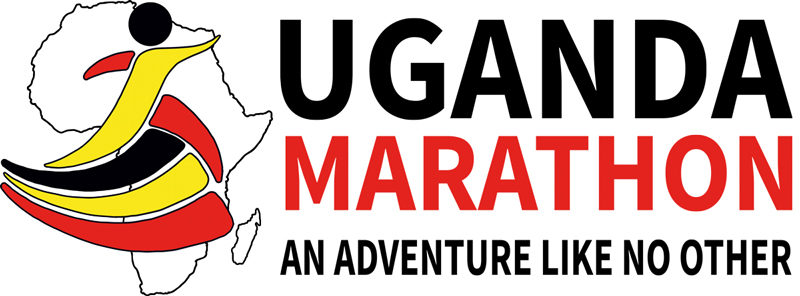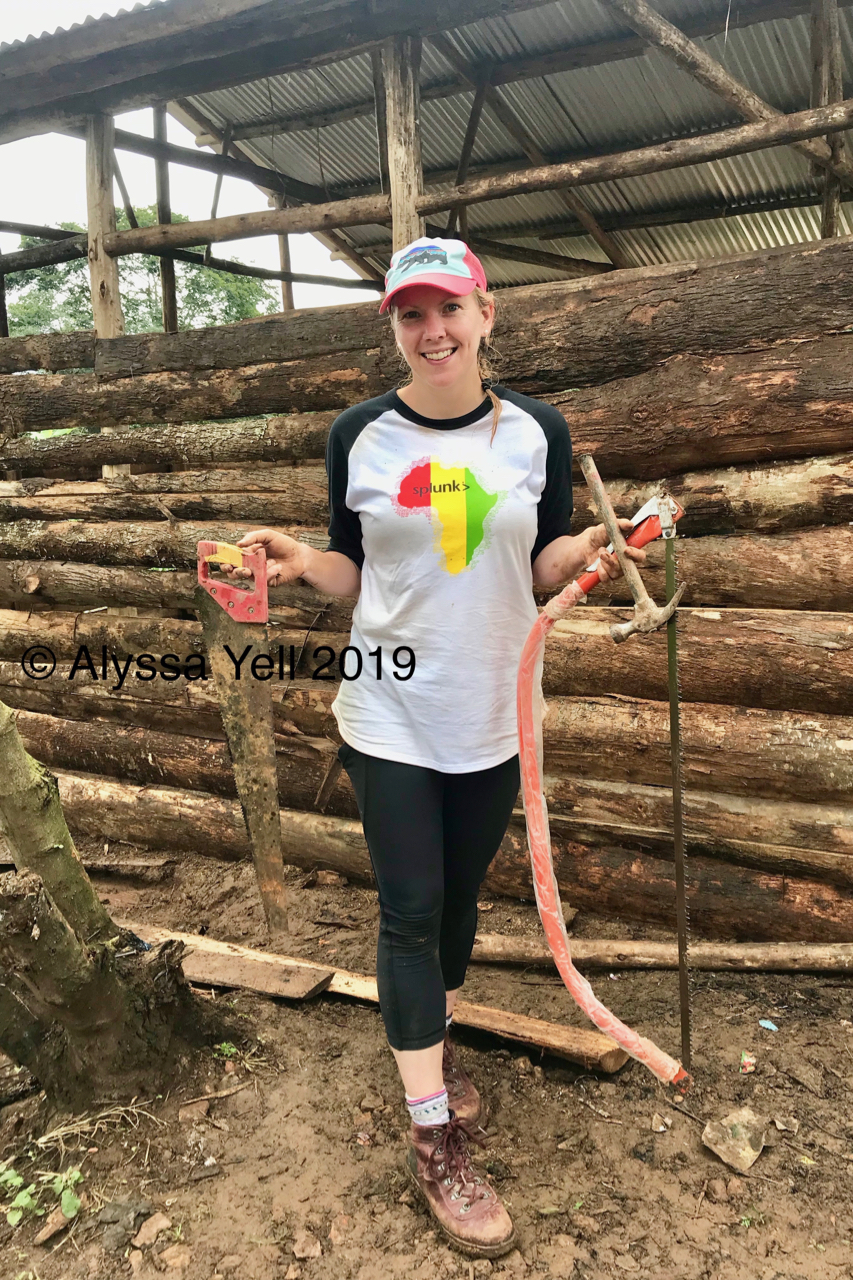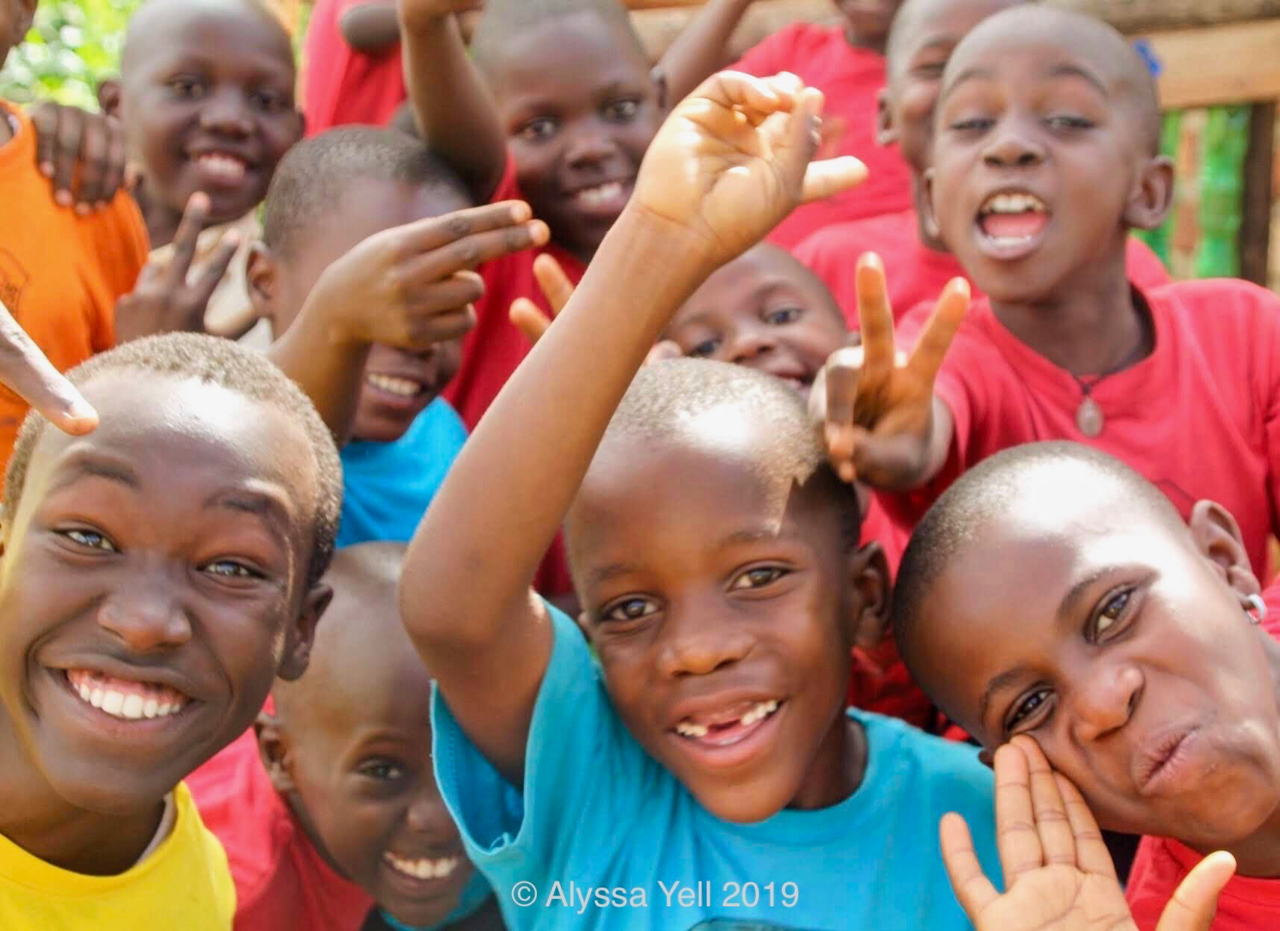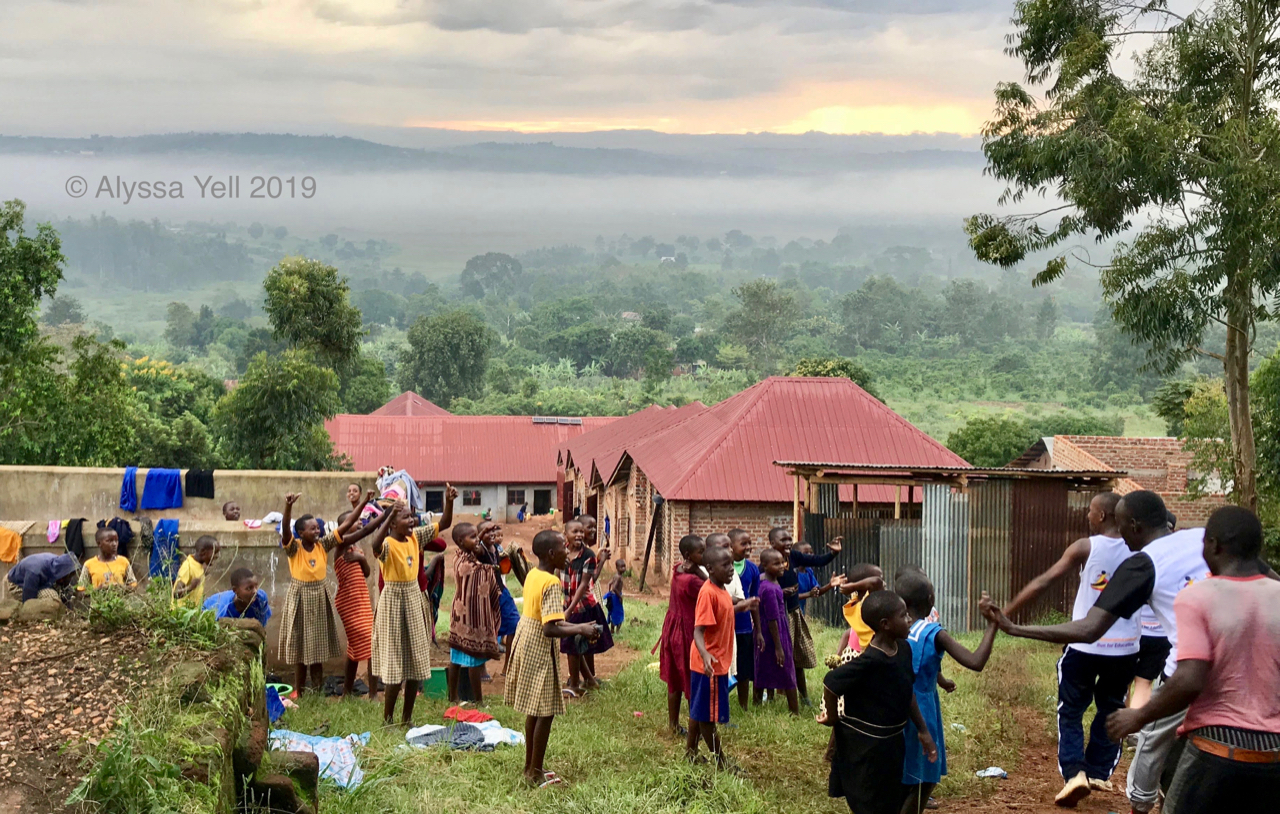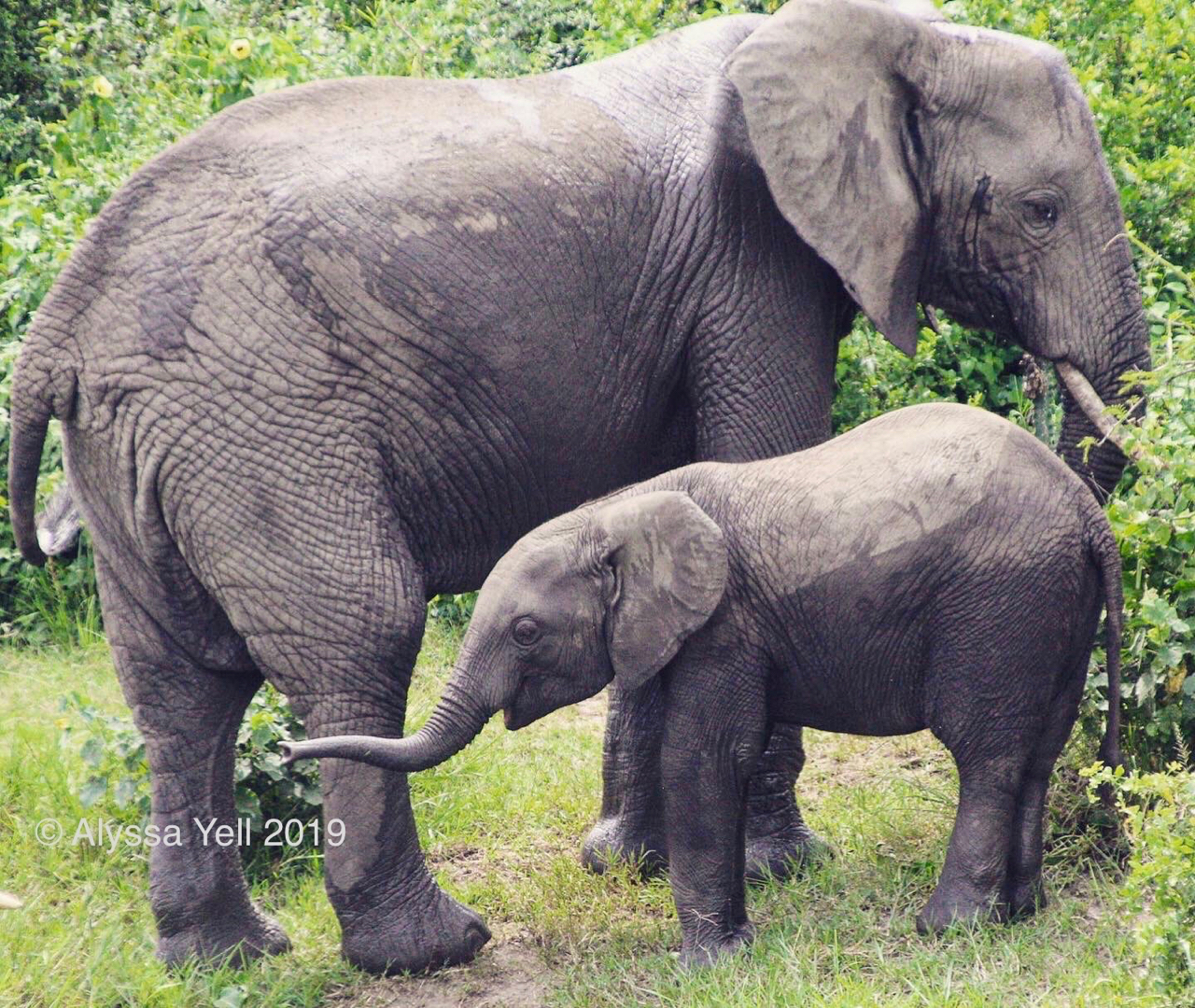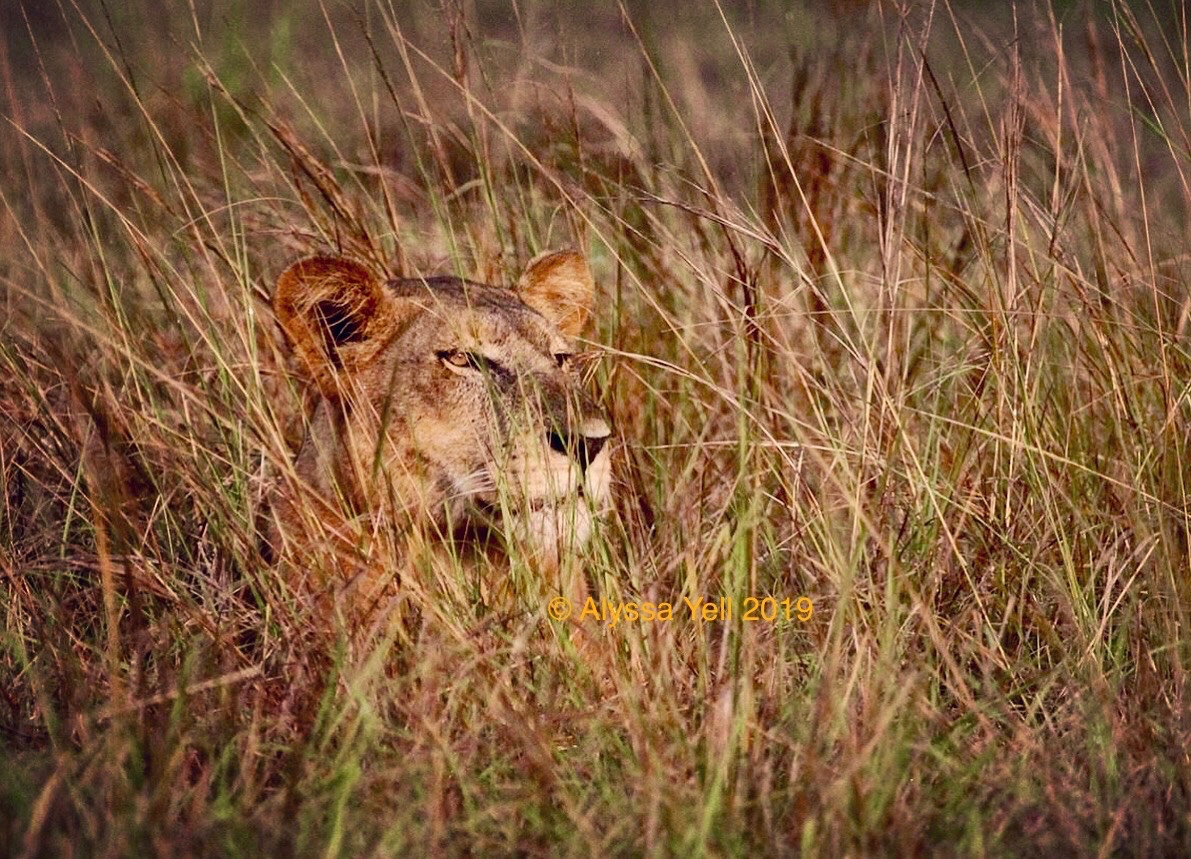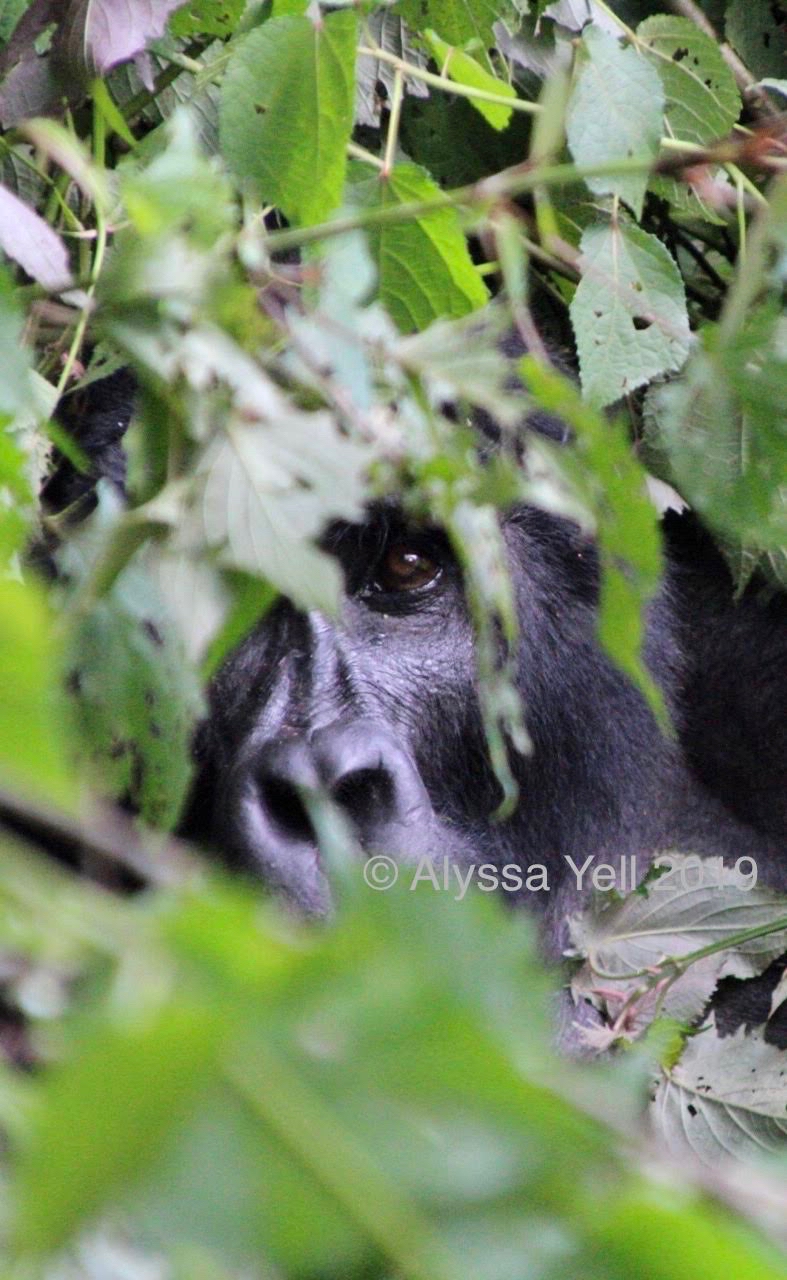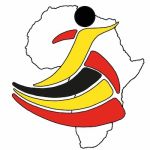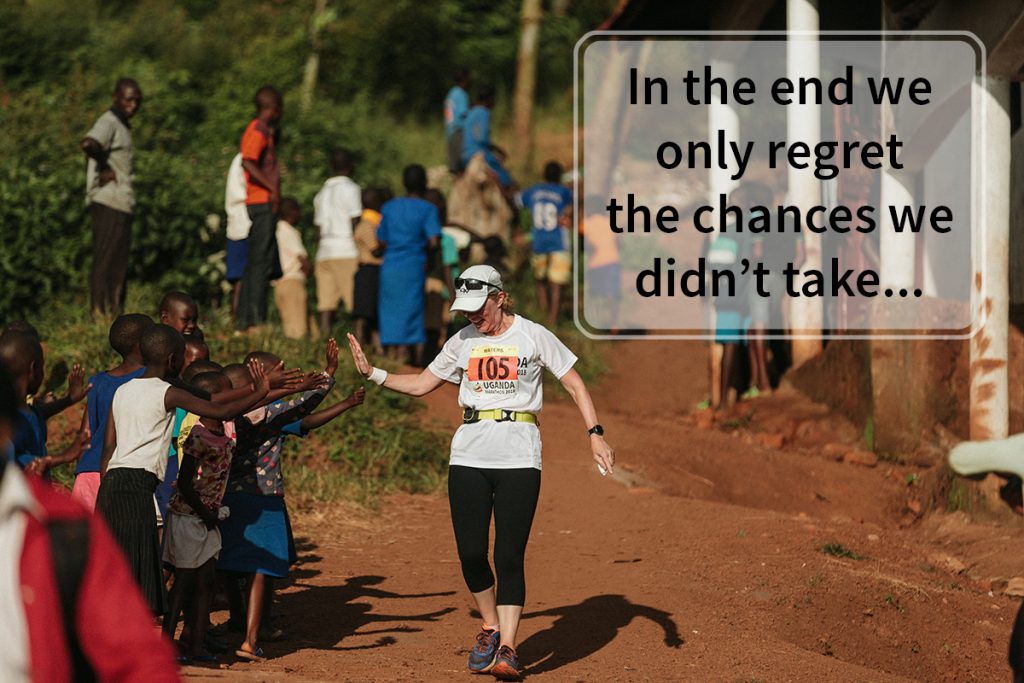 Here we interview runners who have participated in the Uganda Marathon, so they can share their stories and experiences from the 7-Day Adventure. After all, it’s their involvement which makes the week so special, from the impact they have on the Charity Projects, to the community feel they give to Race Day.
Here we interview runners who have participated in the Uganda Marathon, so they can share their stories and experiences from the 7-Day Adventure. After all, it’s their involvement which makes the week so special, from the impact they have on the Charity Projects, to the community feel they give to Race Day.
Alyssa participated in the Uganda Marathon to complete a very special challenge: running a marathon on each of the world’s seven continents! Choosing our event over several other renowned African races, she tells us about her experiences from the week and getting to know the Ugandan culture in her first-ever trip to Africa. She also loved her time on our safari and gorilla trekking tours, from which she shares some breath-taking photos with us!
1. What made you sign up for the Uganda Marathon?
In March of 2016, I set a goal to run a marathon on every continent. I returned from the Antarctica Marathon and had completed the logistically hardest race, so I figured I might as well run the rest of the world! I knocked out the other continents in no particular order, and Africa was my final continent to complete a marathon on. There were so many African races to choose from — running in the Maasai, running in the Serengeti, running in Madagascar, running in major South African cities — but the 2019 Uganda Marathon stood out the most. I loved the principles of giving back to the community, leaving a legacy for generations to come, and finishing up a week of physical work with a marathon. I wanted to be more than a tourist for my goal-completing race.
2. You visited ‘Primer Junior School’ Primary School on Legacy Day. Could you tell us about the day and what it was like to meet the local community there?
The Primer Junior School Primary School was charming. The students greeted us with dancing, drumming, chanting, singing, and prepared speeches. The kids and teachers were musically gifted and so welcoming! From the minute our bus pulled onto the property, the children showered us with love and affection. They wanted to play, tell stories, and share their classrooms and playfield with us. They were eager to kick around a soccer ball, throw frisbees, and lend a helping hand (or at least try to take our tools!).
Our Legacy Day project was to construct a large chicken coop that will house 500 chickens at the Primer Junior School. The kids will learn to care for livestock and harvest eggs, and the school will use the eggs in their daily meal preparation and also sell the eggs. The earned income will fund disadvantaged and orphaned students who can’t otherwise afford the school’s fees.
It was unbelievably moving to get my hands dirty with a few of my peers, work with local builders and learn their construction methods, and see an organic income stream for the school unfold in front of our eyes. Building a legacy for years to come and giving students the opportunity to stay in school and off the street is an opportunity that’s hard to put into words.
.
.
3. Was it your first time visiting Uganda? What was it like to learn about and experience the culture first-hand across the week?
It was my first time on the continent of Africa and in the country of Uganda!
We toured the city of Masaka on our first day, and it was difficult to imagine the living conditions as habitable: straw roofs, shoddy walls, mud floors, no latrines, no electricity, no running water. Animals and children roamed the streets and lack of waste management left piles of rubbish in the roads. But it didn’t take long for us to realize that the residents of Masaka are a welcoming and accepting culture, and that love always prevails. Kids played with huge smiles on their faces. The community looked after one another, and the items we care about as material possessions were a non-issue. Children were enthusiastic to hold conversations and learn; adults were eager to work hard and forge a living for their families.
Our accommodations sometimes ran out of water and lost electricity, food was cooked on the ground in back alleys, buses broke down and got stuck in potholes, and beers were always served lukewarm. But all those elements felt like the most authentic experience in our surroundings. I wouldn’t want to experience anything different.
.
.
4. Could you tell us about your experience of running the Uganda Marathon and what it was like to cross the finish line, knowing you’d completed a very special challenge?
The Uganda Marathon course is everything I love about running. The course follows dirt paths through small villages and narrow alleys. Kids hop in and run beside you for miles at a time, often barefoot and always holding your hand. It was hilly and sunny, farm animals and cornfields surrounded us, and the views at the highest inclines were outstanding. It was one of the most challenging marathons I’ve completed physically — and also one of the most rewarding mentally.
I crossed the finish line with the satisfaction that I had not only completed a marathon on all seven continents, but that I’d given back to the community and inspired positive change in Uganda for years to come.
.
.
.
5. Finally, what was it like to participate in the Safari and Gorilla trek at the end of the week? What was a highlight from each?
While I loved the week of volunteer projects and the marathon, the safari and gorilla trek were the highlights of Africa. Both extensions far exceeded my expectations! Five other marathoners and I piled together in a van that plotted down bumpy dirt roads to unveil unbelievable wilderness. My jaw was constantly dropping at the sites we saw — sites that very few people on our planet get to see firsthand and closeup.
.
.
We entered Queen Elizabeth National Park to a pride of lionesses hunting a hyena. What an entrance! Our van followed the cats around as they groomed, rolled around in the grass, and settled in for an evening nap. Our close encounters with elephants, water buffalo, hippos, baboons, and springboks across the savannah and along the shores of the Kazinga Channel were unreal.
.
.
The trek into the Biwindi Impenetrable Forest National Park was the most engaging experience of the entire safari, hands down. With the aid of experienced guides and gorilla trackers, we scrambled up and slid down steep tea fields and slashed our way through dense jungle foliage to find the Oruzogo family of mountain gorillas, one of only a handful of gorilla families that remain. The total population of mountain gorillas is less than 1,000, but that number is slowly increasing thanks to conservation efforts and trekking tourism. After a few hours of slogging through the jungle, we spotted Bakwate, the dominant silverback male of the Oruzogo family, and we took a seat as he munched on leaves downwind from us. More and more gorillas appeared after Bakwake settled in; we saw mother gorillas coddling their children, young gorillas bopping around the branches, and males blackbacks grooming and feeding a few meters from us.
I don’t even know if I was able to take a breath the entire time, as I was in awe of the tender, gentle side that these massive mammals exhibited. I’m so grateful that they welcomed us into their home — much like the rest of Uganda’s residents had done for us in the weeks before.
.
.
.
.
A big thank you to Alyssa for participating in this interview and also sharing her great photos with us! 🙂
.
.
